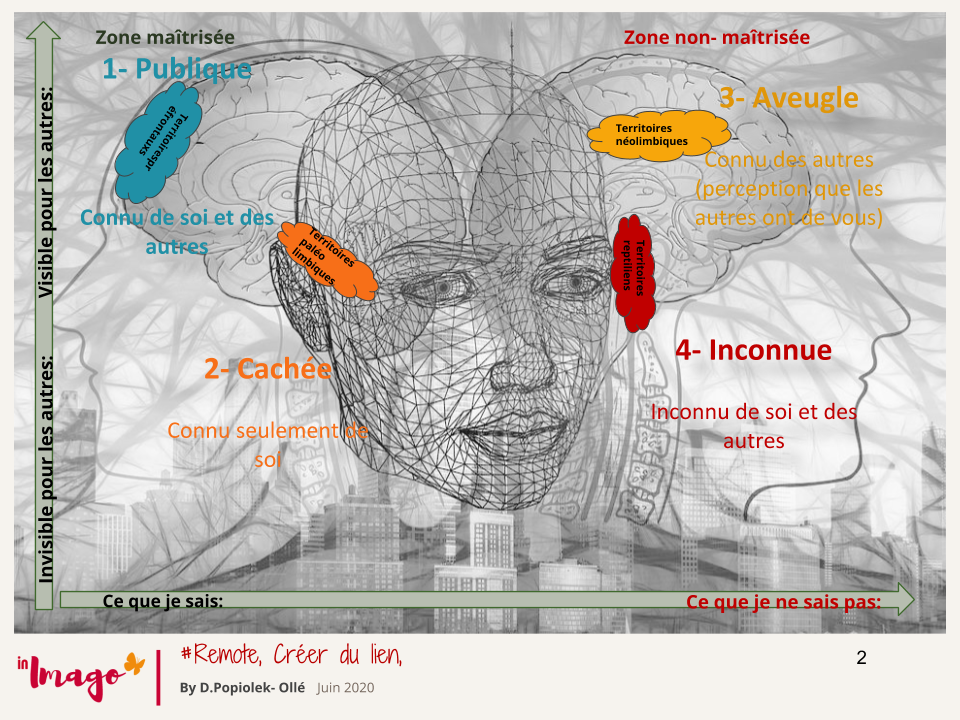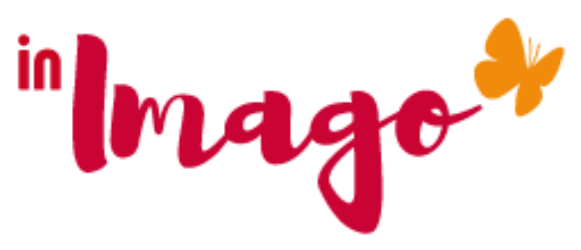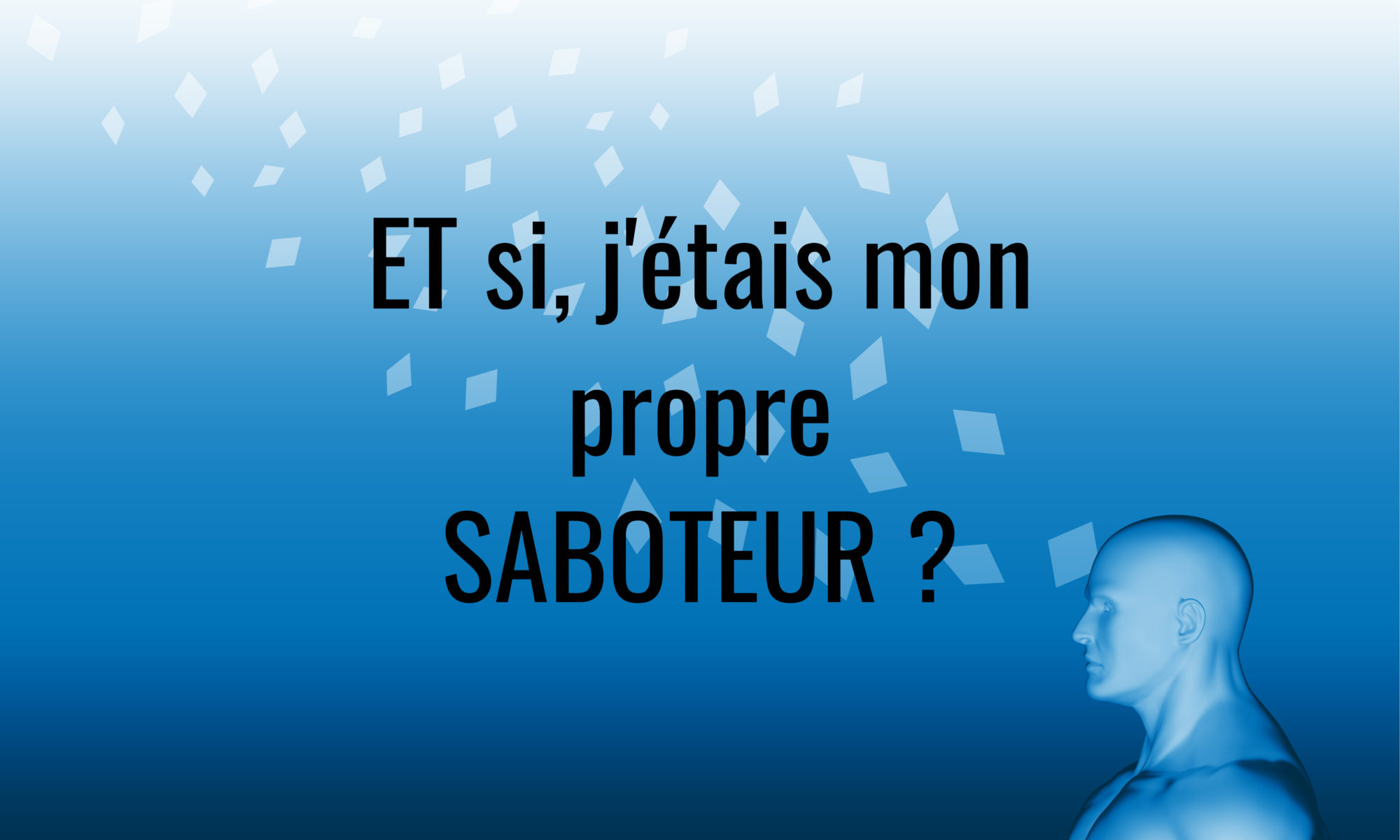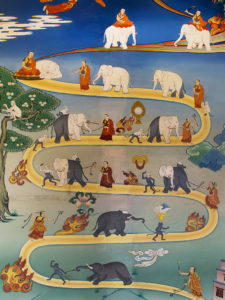Finding meaning in what you do is a personal quest that challenges everything you do.
Our limiting beliefs (I’m not capable, it’s not my fault, he promised, it’s the other …) are so many obstacles on our way to the realization of this quest.
But our worst enemy is our prankster spirit which plays with us. Ingenious saboteur!
Can you spot the saboteur in your home? at the other?
Will you have the courage to defuse the bomb for yourself? for the collective good?
The monkey and me
The monkey in the metaphor represents all the tricks that one finds to dissuade oneself from taking action and being the master of one’s life, of one’s personal development.
- do,
- undertake,
- try,
In our story, the monkey attracted by an orange will slide his hand into a jar. But he can only get his hand out without the orange. Frustrated, he will leap, cry out in rage, prevent others from moving forward … While further on, if he allows himself to move, an orchard with oranges is offered to him. However, the monkey insists on staying at the same spot to keep this orange
Will he go so far as to break the jar? fight for that orange? isolate yourself? Only he himself can decide to move forward … but for that he must become aware of the present moment and, without judging, feel what is best for himself: stay, move forward … Will he do it?
The saboteur
Boredom is one of the reasons we enter our gray area. Dissatisfied with ourselves, aggressive towards others or simply in inaction, die-hard, we stop our desires and sometimes stop others in our wake.
This is activated after intense stress, successive disappointments, overwork … Our mind preserves itself and gives us the illusion that all is well.
Involuntarily, we activate a part of ourselves, very often in an uncontrolled way, which invites us to repeat the same patterns, limiting and unsuited to our evolution.
Identifying the split that we create in our relationship with others and in our self-esteem is an asset to develop.
Johari’s window, below presents 4 spaces of our mind that we are barely aware of:

Johari’s window is a matrix for identifying our strengths and weaknesses in our communication with others, as well as in our understanding of ourselves.
To find out more, click on the button
To find out more click on the button
The wrecked saboteur
The saboteur becomes visible to others and remains unknown to himself.
In this case the saboteur may find himself caught by default by others and accused wrongly or because of hidden intent or manipulation.
Knowing your own intentions before others is probably a rule of social harmony to be exploited. It is a necessary awareness of one’s emotions in the present moment that will promote the emergence of conscious actions, useful to oneself and to the group.
How do you defuse your saboteur?
In shops you will find a game, the saboteur game, which represents a group of gold diggers in action. Some researchers are tagged early in the saboteur part. Their role will be to prevent others from accumulating too many resources, thus playing for their own benefit to the detriment of an equitable sharing of resources.
After playing this game part with your teams, draw authentic analogies between how your team works and this game.
Questions to ask yourself
- Am I my own saboteur?
- Am I the saboteur in the team?
- Am I seen as a saboteur?
Resolution to be done alone or in a team
What resolution can I take to stop sabotaging myself?
What resolution can I take to stop scuttling the common project?
How can others help me with this resolution?
Find all the steps of this scenario here.
Another approach
The other approach is more personal and individual. It is a choice to go towards his interior space, his personal consciousness. The key lies in letting go in the face of the various irritants that oppose us in life. Landing in the present and seeing what is unlabeled, releases our emotions and our tensions. This opens our eyes to immediate action, which may be to do nothing or visualize one’s intentions to identify our challenges in the face of this situation.
It is a daily work that we agree to ourselves to Be, to be in Life.
Eckart Tolle’s work is what I found most apt to explain the approach of letting go.
The first 5 minutes give the keys, the rest of the video guides you on how. Watch and try if that appeals to you.
To go further
Support-Transform is a set of resources available to you by simply subscribing to the In Imago blog. It allows you to access the free discovery trail, 100% online
Author : Dominique popiolek-Ollé, Transmutation leader, Agile Executive Coach, Founder of In Imago, management consulting and disruptive transformation.


